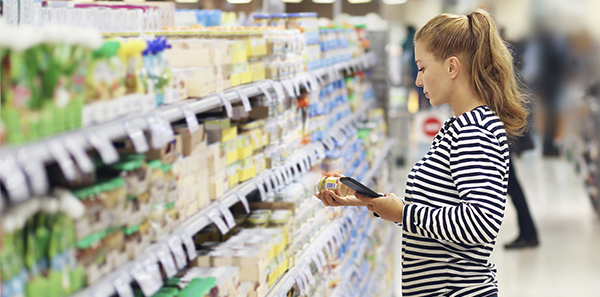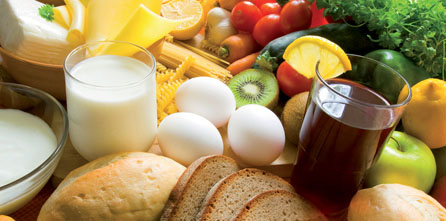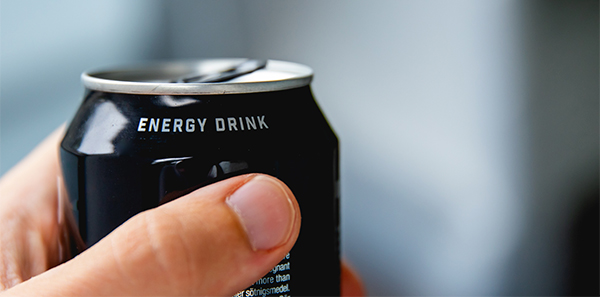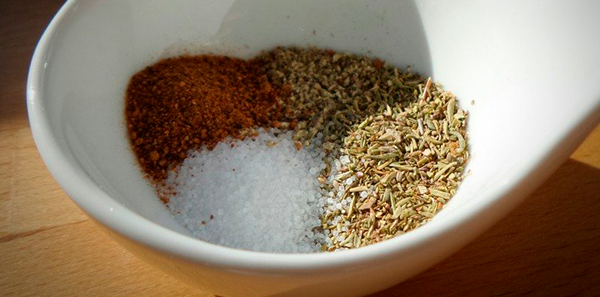
What we eat is of increasing interest to the majority of the population, which is a good thing. Knowing if a food is healthy or not, if it contains added sugar or if it consists of good or bad fats has become almost an obsession for many people. Therefore, a number of software applications have been launched on the market that aim to help consumers distinguish whether new products are really healthy or not. At a time when technology is the go-to answer for many issues, this paradoxically is no easy task.
It may perhaps be better not to know about some things, but consumers are very clear that they want to know what they are eating. They want to eat better, healthier products and know what they are buying and what they are eating. Good nutritional labelling is essential.
Do we really know how to interpret nutritional labelling?
The NutriScore system has been created as a leading nutritional labelling model for packaged food that has been accepted by the majority of European countries and also Spain. It acts as a kind of “nutritional traffic light” in which the consumer can determine the healthiest products at a glance.
Processed (and also ultra-processed) foods are seen everywhere; in the cinema, supermarket, television advertising and even on Facebook or Instagram. What does that mean?
The International Food Information Council (IFIC) Foundation defines processed foods as any food that has been deliberately modified in some way before it is made available to us. An ultraprocessed food is one that has virtually ceased to be food becoming a fully transformed product of its natural version (if it ever had one).
We need to know that not all processed foods are as bad as we believe or as we are made to believe.
It seems that we start turning away at the very mention of the word “processed”. But you will be surprised to know that certain processed foods can be healthy. It all depends on exactly how these foods are processed. In fact, when food is cooked, it is subjected to a chemical process, therefore much of the food we eat is processed (even if is healthy).
Of course, boiling fresh vegetables and seasoning them to make a soup is not the same as buying instant soup in a sachet. However, some of the processes such as ultra-freezing, pasteurization or fermentation to which the foods we buy are subjected can preserve or enhance certain nutrients and make the food safer for consumption.
Behind all this, whether processed or ultra-processed, fattening or not, there is the food industry that is still a business like so many others in the world. Its purpose is to sell and for you to buy. The goal is to find the way to convert your money into their money; but that’s another story. In this case, let’s focus on the use of the famous apps, which are currently so fashionable, that aim to help the consumer.
Should we trust 100% of the information given by a nutrition app?
The Organization of Consumers and Users (OCU) has analysed the three currently most popular nutrition apps, Yuka, ElCoco and MyRealFood, to assess whether they really meet their design objectives or whether they could be misleading consumers. The organisation’s conclusions are that these tools provide “incomplete information” and this can “lead to erroneous assessments”.
I have concerns about the Yuka app because all the additives are taken into account in the nutritional assessment but some of them do not have a nutritional purpose (except sweeteners) and others are essential for preparation and prolonging the useful life of the products. Another controversial point is that this app evaluates an ecological product positively, without taking into account the product’s origin.
The ElCoco nutrition app is the simplest of the three. It evaluates a scanned product using 2 criteria:
- NutriScore system: an overall nutritional assessment of the product based on its composition.
- NOVA classification: classifies the product based on the degree of processing. Level 1 means unprocessed food (fresh or minimally transformed foods) and level 4 meansultra-processed, having nothing to do with the food of origin.
The problem with ElCoco is that the message to the user regarding the scores of foods based on these criteria can be somewhat confusing. An example of this is cocoa brand 0%: while the NOVA classification gives it a 4 and recommends not eating it, Nutriscore assesses it as “nutritionally healthy”.
MyRealFood also assesses the additives and includes the aromas in this group; it’s not correct to consider all these ingredients as additives. It especially takes into account saturated fats when the composition of a food goes much further. Also, its database is restricted because it’s the most recent.
From my survey, I come to the very clear conclusion that nutritional education is vital for everyone and this is the only way to determine what we should want and not want to consume in a rational way. This apps revolution mentioned above should not be anything new for us. Doctors have been telling us for years that we should eat a healthy diet and that we should now be doing is eating real food. This is no other than the Mediterranean diet that we have been enjoying all our lives (fresh greens and vegetables, fruit, legumes, meat and fish).
Finding out more about what you are eating enhances your health.
Good nutritional information is essential so we can choose healthy foods that are good for our health.
- There should be a common nutritional labelling system on all processed and packaged foods.
- NutriScore should not be voluntary but mandatory for companies in the food industry.
- The nutritional quality of processed foods could be improved with a targeted reformulation of their compositions.
- Good education should be encouraged to help us interpret the nutritional labelling on the food we buy as well as make better purchase decisions.
When making a purchase, the easiest choice should be the healthiest.












